Notice
MoreRICHELL HOMEPAGE…
RICHELL HOMEPAGE RENEW…

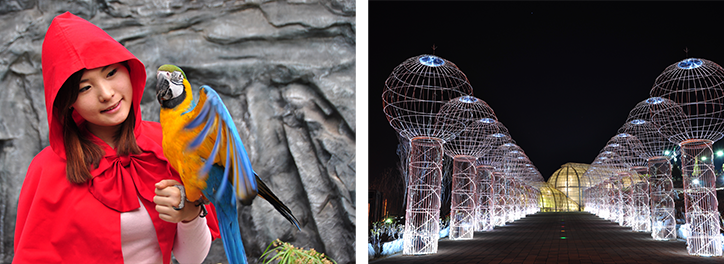
Ontrepieum, meaning "to bloom flowers in a garden," is situated in Andong's Cultural Tourism Complex. With an area of approximately 30,000 ㎡, it consists of a 1,500-㎡ tropical green house, a 6,600-㎡ herb garden, farming land, an animal performance theater, a nature experience section, and other areas. The tropical greenhouse features tropical and subtropical plants, including herbs, coffee and palm trees. Over 17,000 trees planted in the park, along with its water fountain and photo zones, make it the perfect place for a fun weekend getaway, not to mention that it has been used as a filming location. It is a fantastic place to take some photos with a unique feel.
The Andong Cultural Tourism Complex also has a couple of attractions nearby, including a KBS studio, the Korea Folk Museum, the Water Museum and Arts and Crafts Museum.
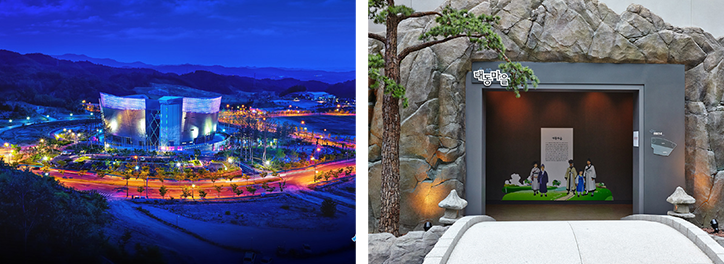
As a major facility within the Andong Culture Tourism Complex that focuses on the Confucius culture which is the root of Korea’s spiritual culture, the company has enabled the family-unit tourists to understand the originally difficult Confucius culture easily by creating a space for edutainment(education+entertainment).
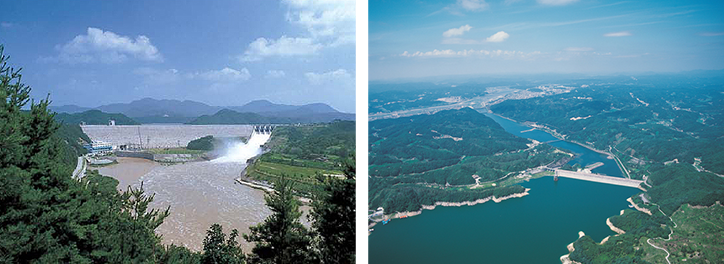
Der Andong-Damm ist ein Mehrzweck-Staudamm am Fluss Nakdonggang. Der Damm wurde errichtet, um Hochwasserschäden in den flussabwärts gelegenen Regionen zu verhindern und um Wasser für landwirtschaftliche, industrielle und private Zwecke zu gewinnen. Der Bau des Damms wurde im April 1971 begonnen und im Oktober 1976 abgeschlossen.
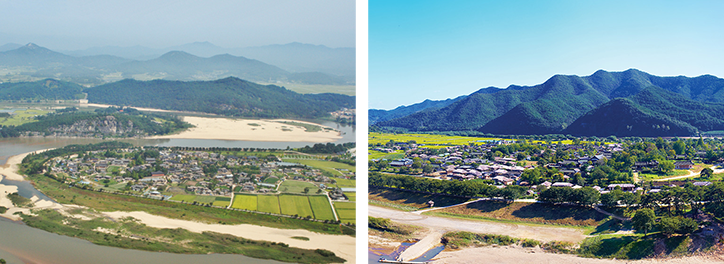
Hahoe village is a folk village located at Pungcheon-myeon, Andong-si, Gyeongsangbuk-do. Structures designated as a cultural heritage include total eleven assets with two treasures and nine important cultural assets, and there are two national treasures. In the 34th meeting of WHC held in Brasilia, Brazil, in July 31th, 2010, it was listed as a world heritage with Yangdong village in Gyeongju.
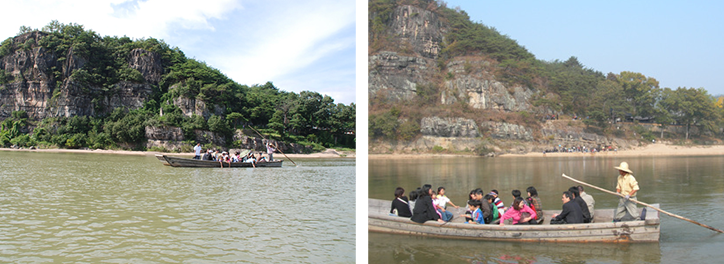
Buyongdae is a cliff about 64 meters high situated where the Taebaek Mountain Range ends. From the summit, one can get a bird’s eye view of the Hahoe Village in Andong. The name was taken from an ancient history of China. Meaning lotus, the name Buyongdae is said to be given for Hahoe Village’s configuration like a lotus flower. Thus, one can get the best view of the village from the cliff. Located near Buyongdae are Ogyeonjeongsa House, Gyeomamjeongsa House, and Hwacheon Seowon Academy.
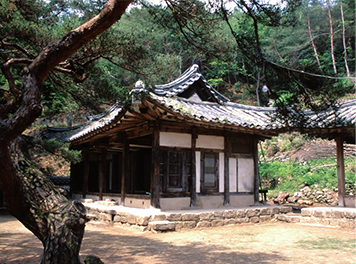
Ogyeonjeongsa House (옥연정사), located at the foot of Buyongdae Cliff in Andong’s Hahoe Village, was built by Ryu Seong-yong, a minister during the Joseon period. The construction started in 1576 (the 9th year of King Seonjo’s reign) and was completed in 1586 (the 19th year of King Seonjo’s reign). After the end of the Imjinwaeran (the Japanese invasion of Korea in 1592), war memoirs called ‘Jingbirok’ were written here. To get to Ogyeonjeongsa House, you will need to cross the river by ferry. Even though the house is not extravagant, you can enjoy the humble beauty of a traditional Korean house, complementing the natural beauty of the surrounding cliffs, river, and forest.
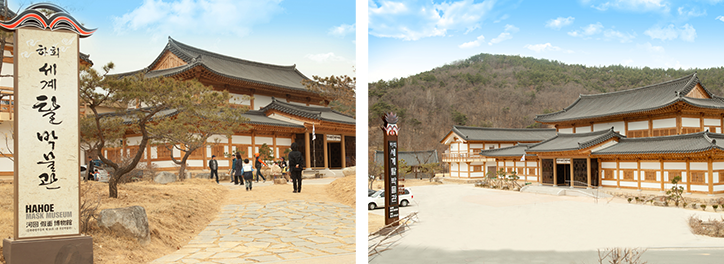
Hahoe Mask Museum is located in Andong Hahoe Village, which is both a UNESCO World Heritage Site and Important Folklore Material No. 122. Hahoe Village is a representative traditional Korean folk town and is the home of the Hahoe Mask (National Treasure No. 121) and the Byeolsin Gut Mask Dance (Important Intangible Cultural Properties No. 69). The museum not only displays Hahoe masks, but also other traditional masks from all over the world.
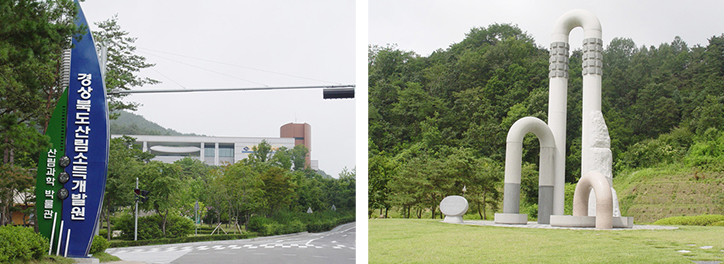
The Forest Environment Research Institute of Gyeongsangbuk-do is chiefly made up of these areas: "Main building, forestry exhibit, greenhouse and tree nursery, research wing, aromatic herb garden, wildlife zoo, medicinal plants garden, tree garden, wildflower garden, mugunghwa (rose of Sharon) garden, wetland ecology observation area, plant conservation garden, rhododendron varietals garden, rose garden, flowering tree garden, miniature bonsai garden, bonsai exhibit, bonsai nursery, natural monuments tree succession conservation area, plant nursery and care center, bamboo grove.” To get a nice overall tour, visiting the following facilities should suffice.
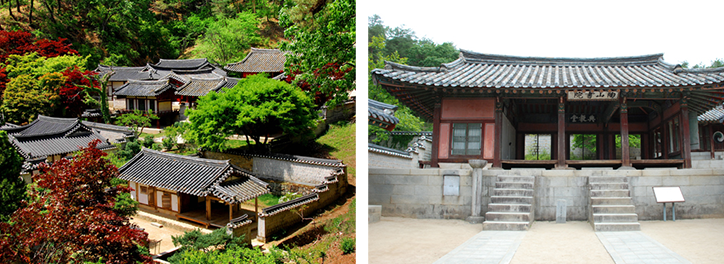
Dosanseowon Confucian Academy is the 170 seowon as a historical site located at Togye-ri, Dosan-myeon, Andong-si, Gyeongsangbuk-do that was created to commemorate the scholar Teogye Lee Hwang. The academy was initiated for construction in 1574 four years after Lee Hwang passed away (Seonjo year 7) and completed with it in 1576. When Teogye Lee Hwang passed away in 1570, construction was initiated to have ancestral tablet at Sangdeoksa in 1572. As the king Seonjo had granted the tablet written by the master of calligrapher named Seok Bong Han, it became the head temple of Yurim in Youngnam. Confucian scholars oriented the articles in 1615 (King Gwanghae year 7).

Bongjeongsa Temple was built in the 12th year of King Munmu, who ruled the Silla Kingdom from 661 to 681. According to legend, the Great Buddist Monk Ui-Sang (625-702) was launched from Buseoksa Temple and landed on this spot. Documents from Geuknakjeon state that Neungin Daedeuk, a disciple of Monk Ui-Sang, established the temple, and it was rebuilt several times during the Joseon Dynasty (1392-1910).
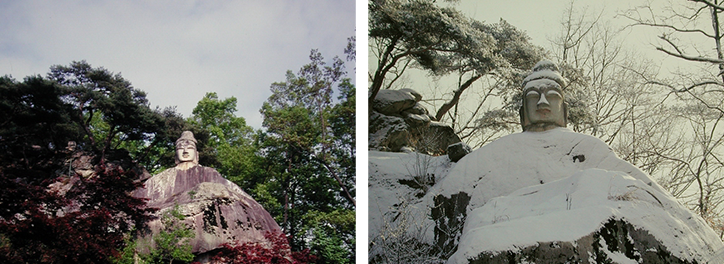
Maaekseobulsang (Rock-carved Standing Buddha in Icheon-dong, Andong) is a huge statue. This Buddhist image’s head stands 2.43 meters tall, while the entire statue stretches 12.38 meters high. These days, Jebiwan Temple has been built near the statue, so it has been dubbed “Jebiwan Seokbul.” The body of the large stone Buddha face has been carved into the rock. The statue is in the style of Koryeo (AD 918-1392) Dynasty, with distinctive contouring. This unique style is indicative of those prevalent during the 11th Century.
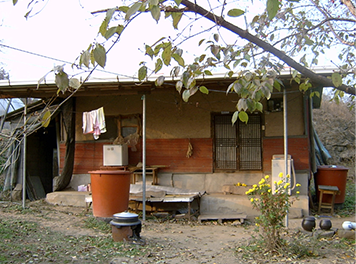
Kwon Jeong Saeng was born Kwon Gyeongsu in Tokyo, Japan in 1937. Shortly after the Liberation in 1946, he returned to Korea. Because he was extremely poor, Kwon never received a formal education, instead traveling Korea while working as a clerk, and sometimes resorting to betting to support himself. In 1967 Kwon settled in Andong, Gyeongsangbuk-do as a church caretaker. His first publication, “Puppy Poo” (강아지 똥, Gangaji ttong) appeared in 1969 in Christian Education (기독교 교육, Gidokgyo gyoyuk); in 1971, his story “Lamb’s Shadow Ttallangi” (아기 양의 그림자 딸랑이, Agiyangui geurimja ttallangi) was chosen as one of the winners of a spring literary contest sponsored by Daegu Maeil Sinmun, and in 1973, “Mommy and Cotton Jacket” (무명 저고리와 엄마, Mumyeong jeogoriwa eomma) was selected by Chosun Ilbo for its literary contest.
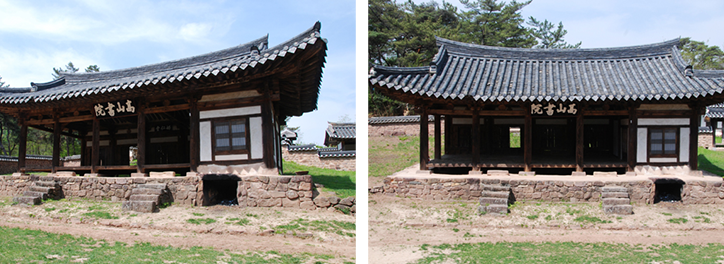
The Gosan Seowon is a seowon located in the village of Gwangeum-ri, Namhu-myeon of Andong, North Gyeongsang Province, South Korea. Seowon is a type of local academy during the Joseon Dynasty (1392–1897). It was first established by local Confucian scholars in 1789, the 13th year of King Jeongjo's reign, to commemorate the scholarly achievement and virtue of the Confucian scholar Yi Sang-jeong (李象靖 1711-1781)
+82-54-850-9700
Weekday 09:00 ~ 21:00
Holiday 09:00 ~ 18:00
Check in/Check out
Check In 15:00 / Check Out 11:00
+82-54-850-9770
Throughout the year 09:00 ~ 18:00
+82-54-850-9733
Weekday 09:00 ~ 21:00
Holiday 09:00 ~ 21:00
Arpina Corporation | Company Registration Number : 508-81-28345 | CEO : Kim Huiyeop | 346-69, Tourist Complex-ro, Andong-si, Gyeongsangbuk-do, Korea (Seonggok-dong 1546)
TEL : +82-54-850-9700 | E-mail : jjh700@richell-andong.co.kr
Copyright © 2017 The Richell Hotel . All Rights Reserved.